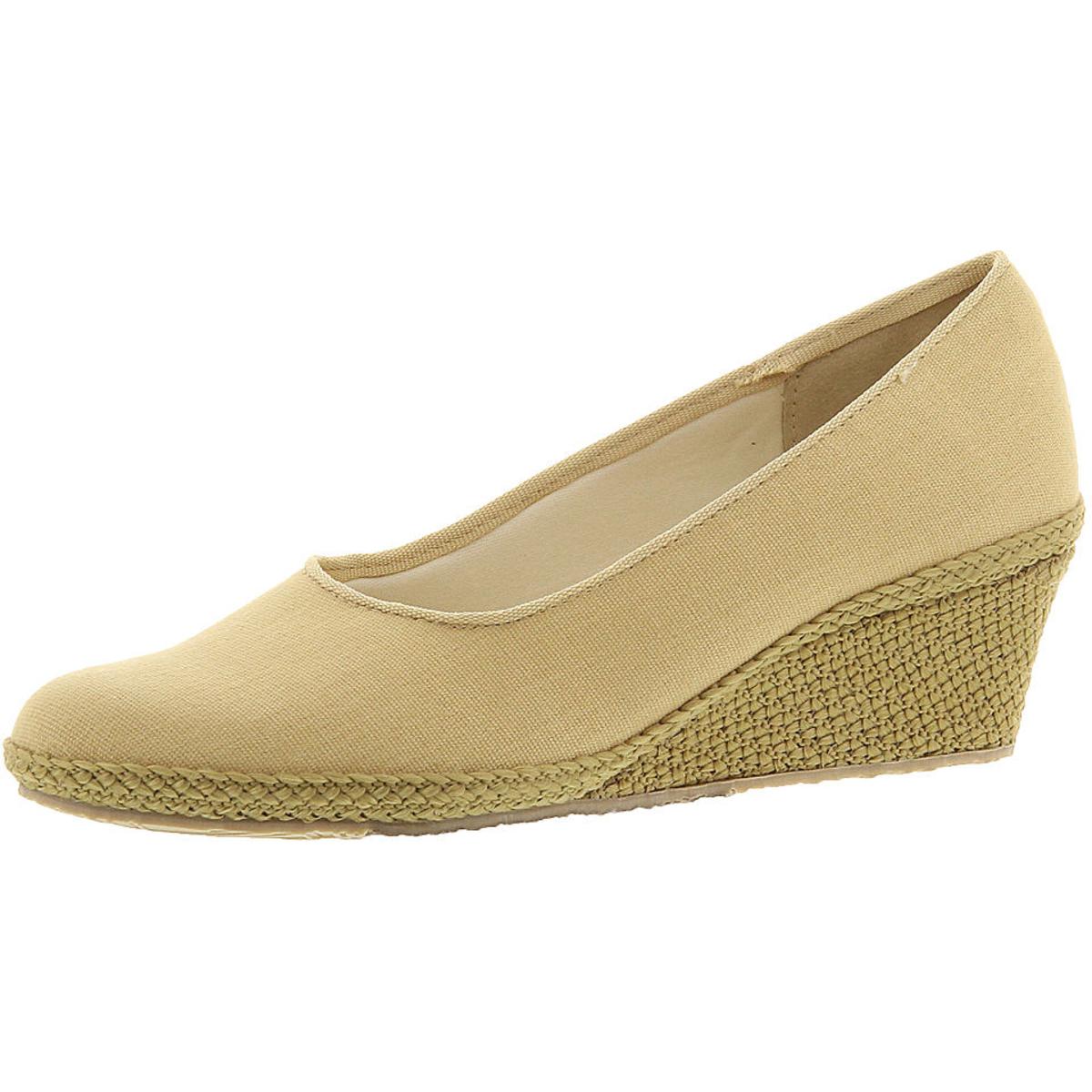

Although different microorganisms capable of converting ferulic acid to vanillin have been isolated and studied in the past decade 5, 6, 7, the high price of ferulic acid has limited its application.īiosynthesis of vanillin from simple carbon sources like glucose is much more attractive because these sources are much cheaper and more readily available (glucose costs less than 30 cents per kilogram) 8.

Phytochemicals such as ferulic acid are the major substrates used in natural vanillin production methods. Rising demand for natural products has led to the development of various biotechnological approaches for the production of vanillin. An alternative is the use of microbial biotechnology to produce vanillin from natural substrates the resulting product is classified as natural vanillin under European and US food legislation 4. Another drawback of chemical synthesis is that the synthetic, “unnatural” vanillin is sold for only $12 per kilogram, which is only 0.3% of the price of natural vanillin 3. Most market demand is met by chemical synthesis of vanillin from lignin or fossil hydrocarbons, but the process is not environmentally friendly and it lacks substrate selectivity. The annual worldwide consumption of vanillin exceeds 16,000 tons however, owing to the slow growth of orchids and the low concentrations of vanillin in these plants (about 2% of the dry weight of cured vanilla beans), only about 0.25% of consumed vanillin originates from vanilla pods 2. As a plant secondary metabolite, natural vanillin is extracted from the seedpods of orchids ( Vanilla planifolia, Vanilla tahitensis and Vanilla pompona). With an intensely and tenacious creamy vanilla-like odor, it is often used in foods, perfumes, beverages and pharmaceuticals 1. Vanillin (4-hydroxy-3-methoxybenzaldehyde) is one of the most widely used flavoring agents in the world.
These results show that the metabolic route enables production of natural vanillin from low-cost substrates, suggesting that it is a good strategy to mimick natural pathways for artificial pathway design. The metabolically engineered strain produced 97.2 mg/L vanillin from l-tyrosine, 19.3 mg/L from glucose, 13.3 mg/L from xylose and 24.7 mg/L from glycerol.
Beacon designer 7.5 series#
A series of factors were systematically investigated for raising production, including efficiency and suitability of genes, gene dosage and culture media. coli for the synthesis of vanillin, the most widely used flavoring agent. Here, by mimicking a natural pathway of plants using microbial genes, a new metabolic route was developed in E. The rich diversity of microbes and microbial genome sequence data provide unprecedented gene resources that enable to develop efficient artificial pathways in microorganisms. Just measuring the urea (without addition of L-arg) is working fine.Plant secondary metabolites have been attracting people’s attention for centuries, due to their potentials however, their production is still difficult and costly. But here I have the problem, that after adding L-arginine I get lower OD than when I add just water (the same situation when I add L-arg to the blank) - as if L-arg somehow blocks the colorimetric reaction. I also tried to use a commercial urea kit (from Abnova) to measure the urea after the 1hr incubation at 37C (just added the working solution from the kit). It is almost impossible to pipet the sample into the 96-well plate for reading without transfering this precipitate - and this gives a great mess during the reading. But this is not the biggest problem (this precipitate gets diluted after the acid addition and dissapear later, worse is, that after the 95C heating, when I get the violet color, I get in the serum samples (much less in the cell lysates) a heavy, cloudy, white precipitate (reminds me of denatured proteins when you lyse cells for DNA-isolation), which I even cannot centrifuge down. My problem is, that after the 1hr incubation at 37C I get in all samples (even in the blank) a brown precipitate- I guess it is some Mn-complex. 10mM), heat for 10 min 55C, then add 25 ul 0.5M L-arginine, incubate 1hr 37C, stop reaction adding 200 ul acid solution mixture (H2SO:H3PO4:H2O 1:3:7), then add 25 ul 9% alpha-isonitrosopropiophenone (in 100% EtOH), heat for 30 min 95C, and read after 10 min at 540 nm. I am using the colorimetric assay according to Corraliza et al (in brief: I take 22,5 ul serum, add 1,25 ul Tris-HCl (endconc. I am trying to measure arginase activity in serum samples from cancer patients and in cancer cell lysates.


 0 kommentar(er)
0 kommentar(er)
